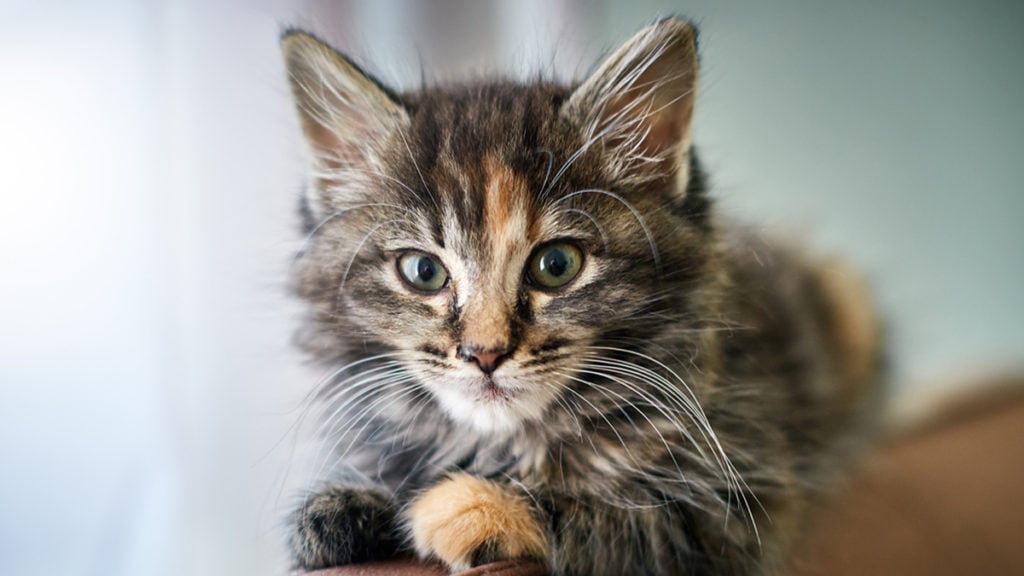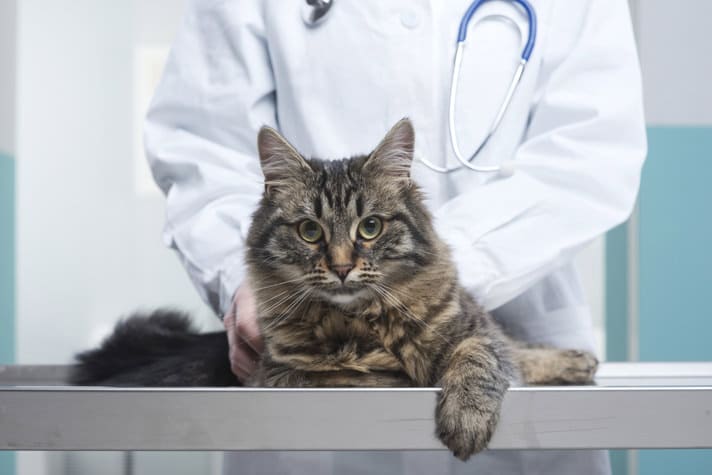You’ve made an appointment to have your female kitten spayed, but you wonder what she’ll go through on the day of surgery. What happens during kitten spay surgery? When can she come home? When can she start playing again? Will she be in pain?
Put your mind at ease. Animal welfare organizations including the Humane Society of the United States, the American Society for the Prevention of Cruelty to Animals and the Veterinary Information Network have answered all your questions, taking you step by step through the surgery and recovery period. For more information, talk to your veterinarian.
What is spay surgery?
- The technical term for spay surgery is ovariohysterectomy (OHE)
- OHE involves removal of the ovaries, fallopian tubes and uterus
When should I have my cat spayed?
- Before her first heat
- Typically between 4 and 6 months of age
Do some veterinarians spay sooner than 6 months of age?
- Yes this is called early-age spay or pediatric spay
- Done at 6 to 8 weeks of age
- Performed more frequently at animal shelters before adoption
- Helps prevent pet overpopulation
What happens during spay surgery?
- Surgery takes place in a sterile environment, such as an operating room
- Your cat receives general anesthesia
- A small incision is made in the cats abdomen
- The ovaries and uterus are removed
- Blood vessels are clamped and tied to prevent bleeding
- The veterinarian closes the incision with surgical glue or sutures
Can my cat come home the same day?
- She’ll recover from anesthesia in about an hour
- Veterinary staff will monitor her for unusual reactions or bleeding
- In most cases, she can go home that evening
When can my cat resume normal activity?
- Most cats recover rapidly
- Some cats will eat the same day as surgery
- Most will be eating normally within two days
- Older animals may be a bit sore or lethargic for a few days
- Most cats are back to normal within three days
What should I look for at home?
- Abnormal swelling of the incision area; some swelling is normal
- Bloody or thick discharge from the incision
- Any foul odors from the incision area
- Extreme discoloration of the area; some pink is normal dark red or purple are not normal
- Contact your veterinarian if your cat opens the incision
- Contact your veterinarian if you see any of these conditions or if your cat does not seem to be recovering
Are there any risks associated with spay surgery?
- Your vet takes many steps to eliminate risks during surgery
- The vet will most likely perform blood tests before surgery to identify or rule out underlying health problems
- During anesthesia, your cats heart rate and breathing will be monitored closely
- The surgery takes place in a sterile environment to eliminate risks of infection
What are the benefits of a spay surgery?
- Helps prevent pet overpopulation
- Greatly decreases your cats chance of developing mammary cancer
- Eliminates your cats chance of developing ovarian or uterine diseases
- Greatly decreases occurrence of behaviors related to reproductive hormones (such as spraying, howling and trying to escape)
The pros of spaying your cat far outnumber the cons. Schedule your kitten’s surgery with peace of mind.
Posted by: Chewy Editorial
Share:









